My Intro to NatureBridge: Five things I learned my first day in the field
Going into my day with a NatureBridge educator at our Golden Gate National Recreation Area (GGNRA) campus, I had no idea what to expect! Here are five things I learned about the Marin Headlands, the history of GGNRA, and most of all, what it truly means to be a part of NatureBridge.
Nature isn't a place to visit... it's home.Gary Snyder
When I first found out I’d be working for NatureBridge, I was happy that I’d be working alongside passionate people who were shaping the environmental stewards of our next generation. Yet, what I was really excited for was seeing first-hand how NatureBridge educators provided these amazing learning experiences for young children. I was eager to see the magic in action.
Going into my day with a NatureBridge educator at our Golden Gate National Recreation Area (GGNRA) campus, I had no idea what to expect. Where is Marin? What are these headlands everyone speaks of?! As a native Houstonian, all I’d known were coastal plains, prairies and grassland—I knew I was in for a real learning experience. Here are five things I learned about the Marin Headlands, the history of GGNRA, and most of all, what it truly means to be a part of NatureBridge.
1. Sea stars, a keystone species of the Marin Headlands, turn their stomachs inside out and dissolve their prey. #
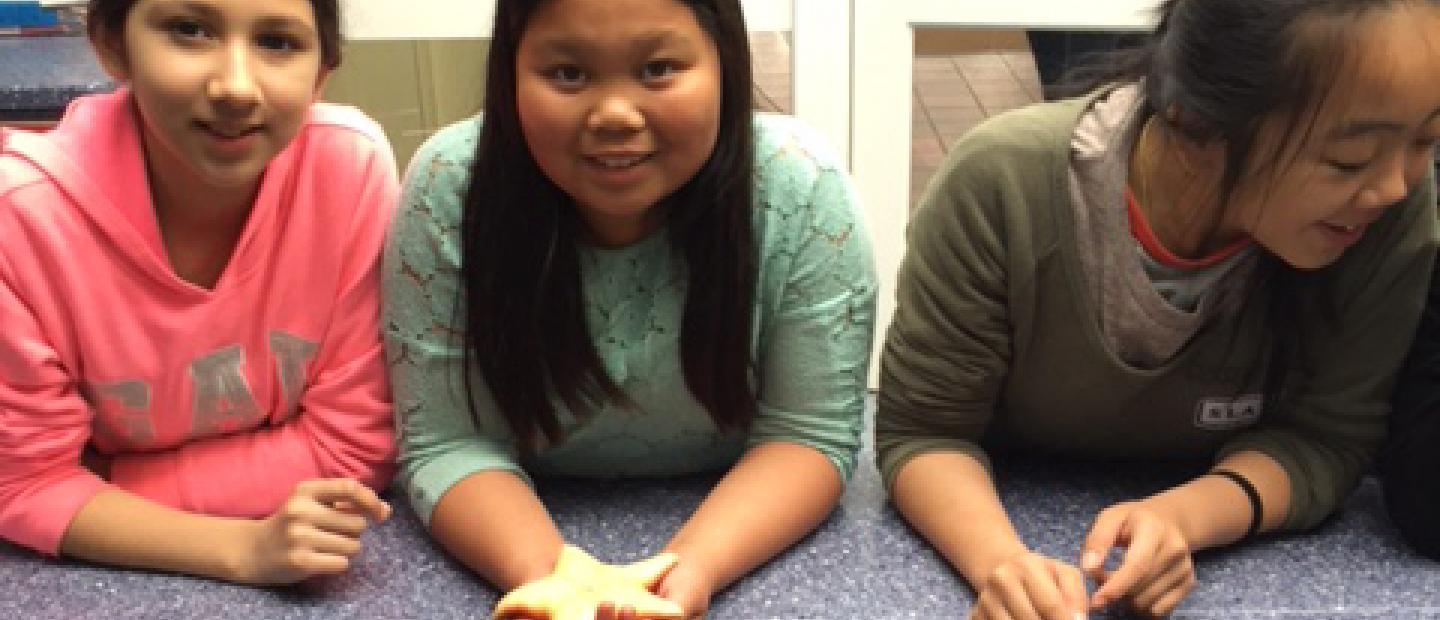
Sea stars are a keystone species of the Marin Headlands, meaning that they play a crucial role in sustaining that ecosystem. In the case of the Marin Headlands, sea stars ensure that mussels do not create a harmful environment for other native critters by keeping the mussel population low. To eat mussels, sea stars push one of their two stomachs out of their bodies, prying their way into the shell of the mussel. Then, sea stars dissolve the body of their prey, swallowing it and leaving the shell behind. Watch a sea star eat its prey here (if you dare!).
2. Golden Gate National Recreation Area houses an old military post that is now a cool graffiti wall. #
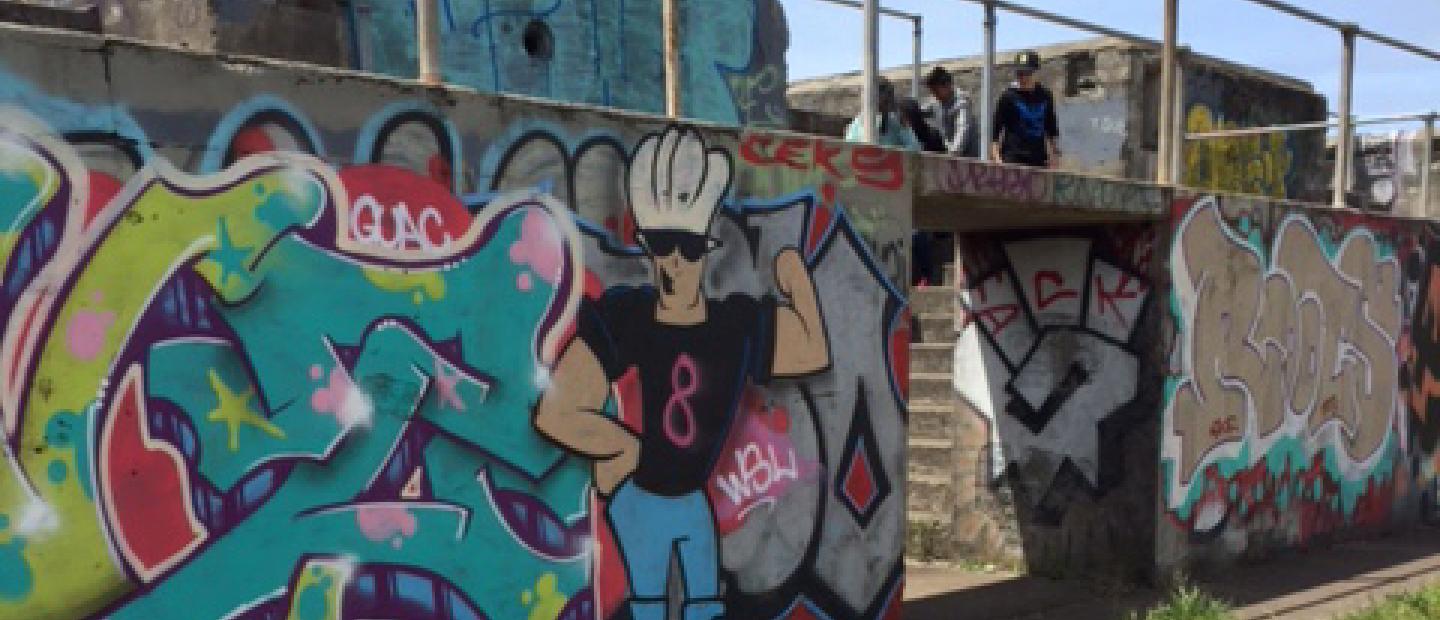
This is one I was definitely not expecting! The Golden Gate National Recreation Area wasn’t a national park until 1972. Housed in the Marin Headlands of California, the area used to belong to the U.S. military. This particular military post was originally intended for use during World War I. Now surrounded by native wildflowers and the lush greens of the headlands, the military post is full of graffiti art that is constantly being added and altered. It’s rumored that this particular location has artwork that was produced by infamous graffiti artist and political activist Banksy.
3. NatureBridge educators embody the unconventional nature of our programs. #
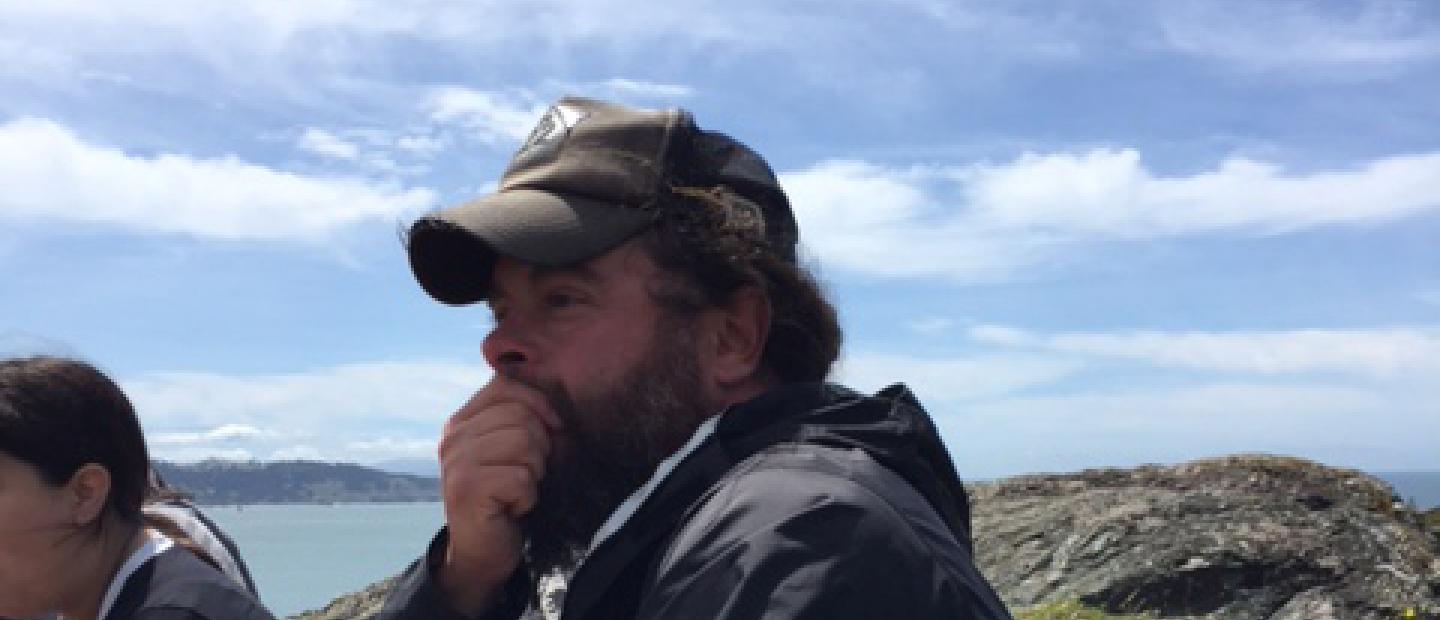
When I first arrived, I was welcomed with open arms by Jason, one of our NatureBridge educators. Jason embodied the unconventional nature of what NatureBridge programs have to offer. He had the wisdom of a seasoned biologist but the jaunty nature of a child. Sporting some colorful, sea turtle-print board shorts and a full beard, Jason kept both me and the kids engaged at all points of our day. When we reached Rodeo Beach, instead of trying to keep the students still, Jason encouraged them to play in the sand and challenged them to a sand angel-making competition, jumping in head first. At first, the 6th grade students seemed hesitant to humor him. Soon, they were wrestling with each other to get to the front of the group to talk to Jason.
4. Kids are willing to disconnect; we just have to give them a real opportunity to value it. #
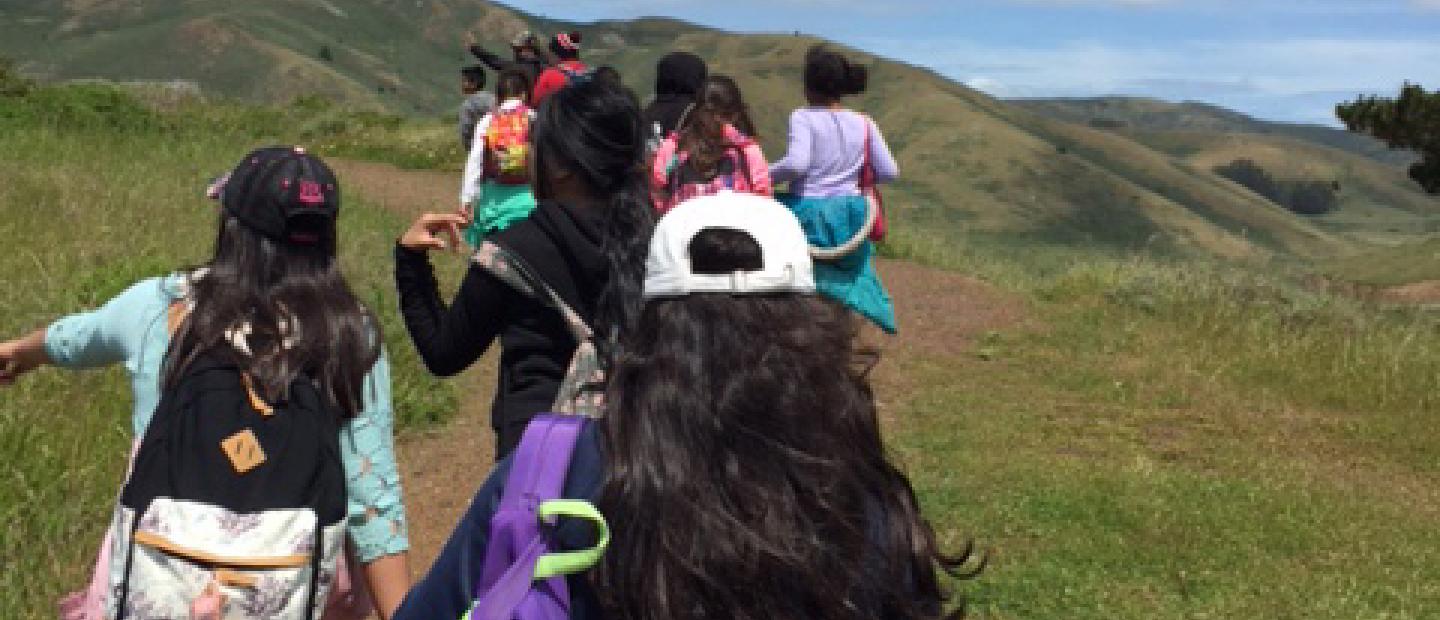
We truly underestimate how receptive kids can be to exploring and learning about nature. At no point of the entire day did I hear anyone complain about not having their phones or even sense boredom. When Jason suggested taking the longer routes or doing a few additional activities that weren’t part of the main program, the students were more than eager to participate. Their behavior truly made me rethink my own perception of children, their attachment to technology and most of all their willingness to discover something totally different from what they are familiar with.
5. There is still hope for Humanity. #
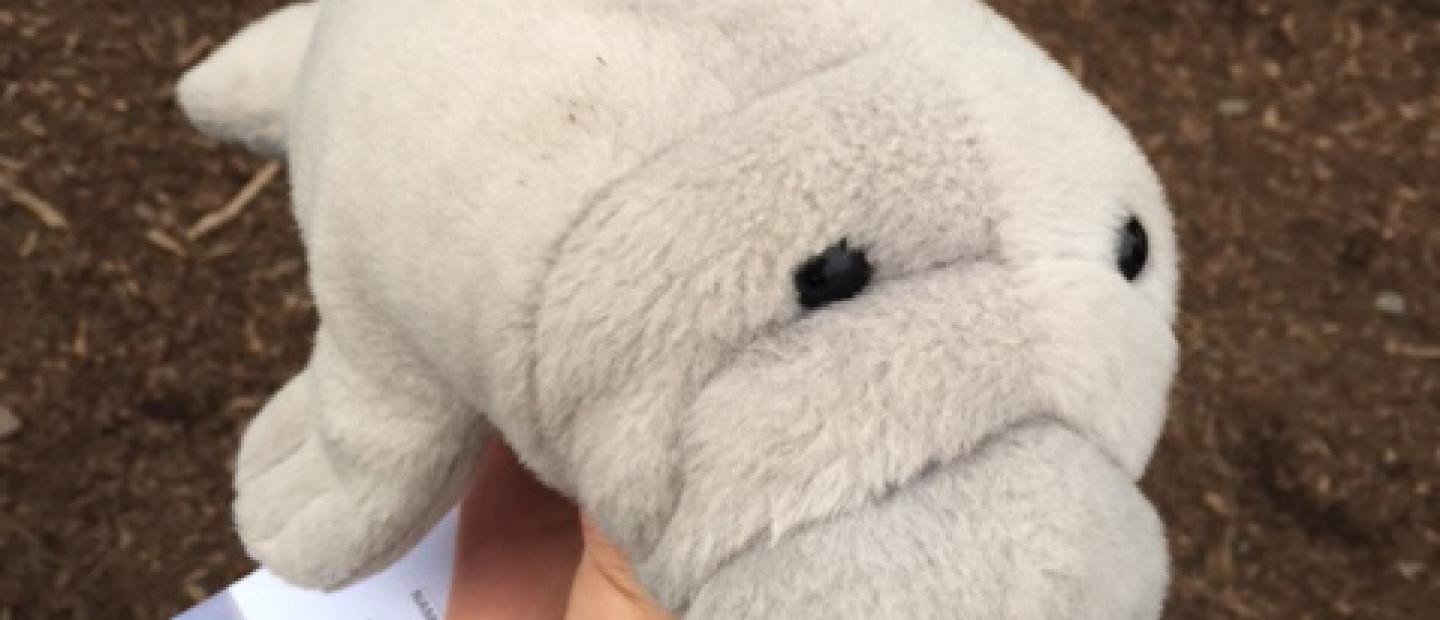
Well at least there is for Hue. Hue the Manatee. The stuffed animal tags along on all of Jason’s adventures and is a valuable member of the group. Well-behaved students have the opportunity to carry Hue with them for portions of the day, and he is highly sought after as a result!
Oh, the Hue Manatee!
Now a member of the NatureBridge team, I’m even more enthusiastic about helping kids all over the U.S. be exposed to the outdoors in the most raw way possible. I’m confident that the students I explored the Marin Headlands with will head back to the city with a new perspective on their home, which as Gary Snyder put it, is all around us.

